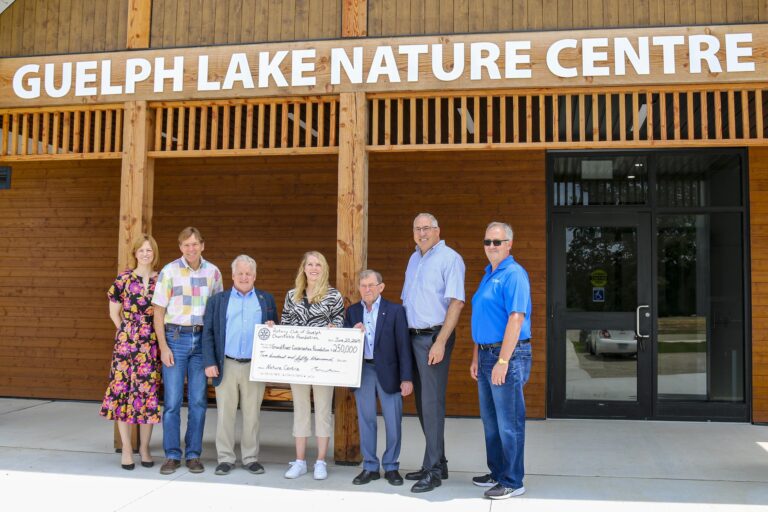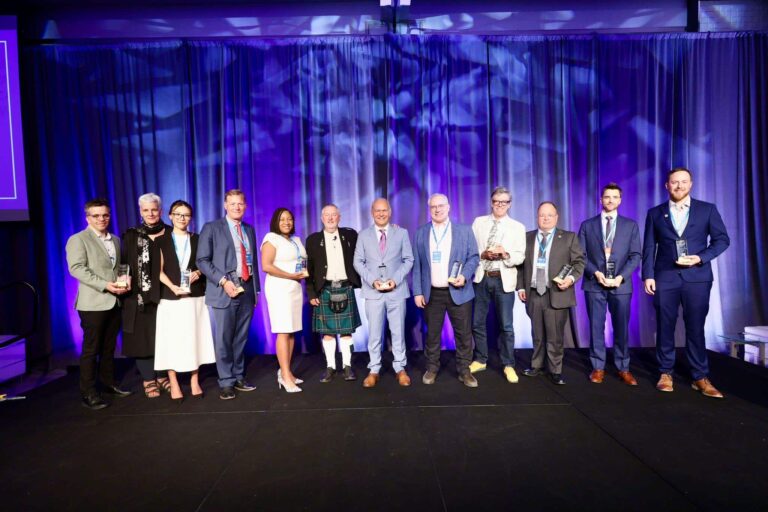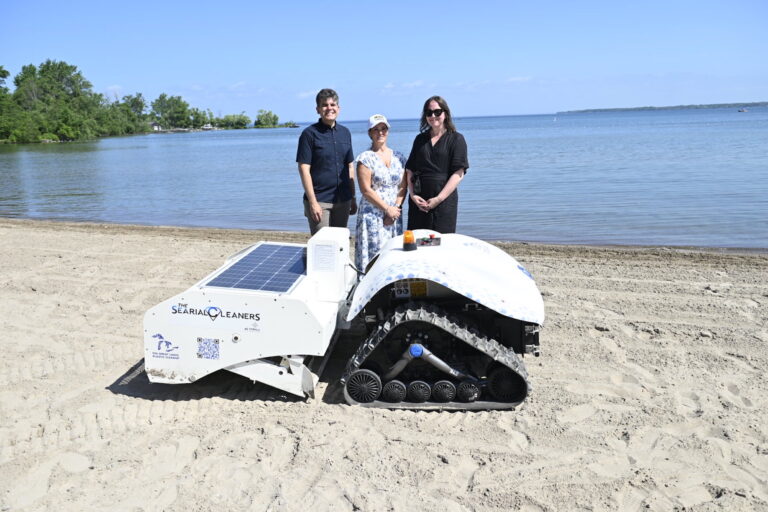Monday, June 30, 2025
More than 60 projects dedicated to restoring diverse ecosystems and conserving fish, wildlife, and habitat are planned or underway throughout British Columbia.
This initiative is part of B.C.’s $10-billion COVID-19 response, which includes StrongerBC – a plan to protect people’s health and livelihoods while supporting businesses and communities. About $10 million is dedicated to support projects for species conservation and ecosystem restoration, and is expected to create more than 350 jobs.
The projects, which are being completed through partnerships with Indigenous communities, environmental groups, universities and local stewardship organizations, help ensure B.C.’s unique species and ecosystems stay healthy, vibrant and resilient.
“Healthy watersheds and ecosystems are critically important for species conservation and climate adaptation, reducing the impacts and risks caused by floods, droughts and wildfires,” said George Heyman, B.C.’s Minister of Environment and Climate Change Strategy. “By working with partners across the province, we are restoring priority habitat to support threatened species. These meaningful projects also highlight the importance of environmental stewardship and what can be achieved when we work together.”
Conservation and restoration projects will soon be underway in threatened habitats, such as wetlands, grasslands, forests, rivers and streams.
Vancouver Island projects
On southern Vancouver Island, the Koksilah and Chemainus watersheds support large populations of steelhead and salmon species. They have significant historical and cultural values for Cowichan Tribes. However, climate change, along with water and land use practices, are impacting salmon in the area and their habitats. The Cowichan Watershed Board will assess salmon populations, study the water levels that support salmon habitat and restore habitat along the rivers.
“The Koksilah and Chemainus river ecosystems are being threatened by climate change, which we know will have impacts on salmon and everything that depends on them for decades to come. By bringing together Indigenous knowledge of the past with scientific study of the rivers today, we can understand how to plan for these changes,” said Chief William Seymour of the Cowichan Tribes. “This is critical work for our Nations’ food and culture, but healthy salmon watersheds feed species all up and down the coast and are a benefit to the whole province.”
Central Interior projects
In B.C.’s Central Interior, fisher populations have declined considerably during the past 20 years due to habitat disturbance. Working with First Nations partners, biologists will assess fisher populations in the region, predict responses to the changing landscape, and recommend conservation actions for the recovery of the species.
The province has partnered with the Habitat Conservation Trust Foundation (HCTF) to deliver the projects under the Conservation Economic Stimulus Initiative.
“Investing in species conservation, ecosystem restoration and habitat improvement is an expression of core values that define us as British Columbians. Conservation stands the best chance for success when governments, organizations and individuals work together,” said Winifred Kessler, chair, HCTF board of directors. “These investments will provide much-needed economic relief to communities and families affected by the COVID-19 pandemic while strengthening B.C.’s conservation network.”
Scheduled for completion by December 2021, the projects involved have been identified by provincial government biologists and regional staff with local knowledge of priority needs, along with non-governmental partners.
For further information on the various conservation and ecosystem restoration projects, click here.
Featured image of the Cowichan Watershed: Spawning salmon, by Sharon Vanhouwe, mycowichanvalleynow.com.











